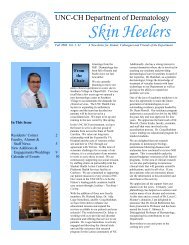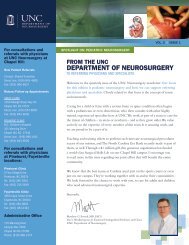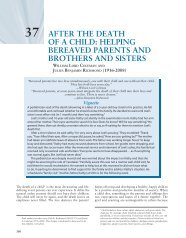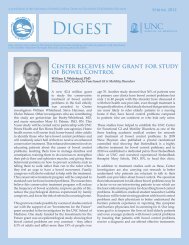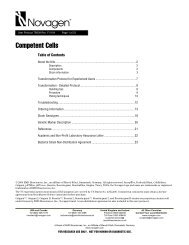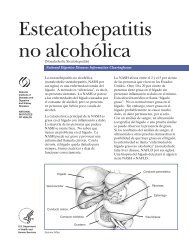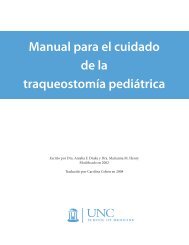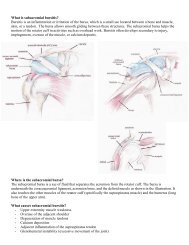Affinity Chromatography Handbook
Affinity Chromatography Handbook
Affinity Chromatography Handbook
You also want an ePaper? Increase the reach of your titles
YUMPU automatically turns print PDFs into web optimized ePapers that Google loves.
Chapter 1<br />
<strong>Affinity</strong> chromatography in brief<br />
<strong>Affinity</strong> chromatography separates proteins on the basis of a reversible interaction between<br />
a protein (or group of proteins) and a specific ligand coupled to a chromatography matrix.<br />
The technique is ideal for a capture or intermediate step in a purification protocol and can be<br />
used whenever a suitable ligand is available for the protein(s) of interest. With high selectivity,<br />
hence high resolution, and high capacity for the protein(s) of interest, purification levels in<br />
the order of several thousand-fold with high recovery of active material are achievable.<br />
Target protein(s) is collected in a purified, concentrated form.<br />
Biological interactions between ligand and target molecule can be a result of electrostatic or<br />
hydrophobic interactions, van der Waals' forces and/or hydrogen bonding. To elute the target<br />
molecule from the affinity medium the interaction can be reversed, either specifically using<br />
a competitive ligand, or non-specifically, by changing the pH, ionic strength or polarity.<br />
In a single step, affinity purification can offer immense time-saving over less selective multistep<br />
procedures. The concentrating effect enables large volumes to be processed. Target<br />
molecules can be purified from complex biological mixtures, native forms can be separated<br />
from denatured forms of the same substance and small amounts of biological material can<br />
be purified from high levels of contaminating substances.<br />
For an even higher degree of purity, or when there is no suitable ligand for affinity purification,<br />
an efficient multi-step process must be developed using the purification strategy of Capture,<br />
Intermediate Purification and Polishing (CIPP). When applying this strategy affinity chromatography<br />
offers an ideal capture or intermediate step in any purification protocol and can<br />
be used whenever a suitable ligand is available for the protein of interest.<br />
Successful affinity purification requires a biospecific ligand that can be covalently attached<br />
to a chromatography matrix. The coupled ligand must retain its specific binding affinity for<br />
the target molecules and, after washing away unbound material, the binding between the<br />
ligand and target molecule must be reversible to allow the target molecules to be removed<br />
in an active form. Any component can be used as a ligand to purify its respective binding<br />
partner. Some typical biological interactions, frequently used in affinity chromatography,<br />
are listed below:<br />
• Enzyme ó substrate analogue, inhibitor, cofactor.<br />
Antibody ó antigen, virus, cell.<br />
Lectin ó polysaccharide, glycoprotein, cell surface receptor, cell.<br />
Nucleic acid ó complementary base sequence, histones, nucleic acid polymerase,<br />
nucleic acid binding protein.<br />
Hormone, vitamin ó receptor, carrier protein.<br />
Glutathione ó glutathione-S-transferase or GST fusion proteins.<br />
Metal ions ó Poly (His) fusion proteins, native proteins with histidine, cysteine and/or<br />
tryptophan residues on their surfaces.<br />
9




